Cosmic Trinity

About Cosmic Trinity
The Vedas are the main and intrinsic part of the Hindu mythology. Hindu mythology roots back to 7200 BC when the first hymns of the RIG VEDA was composed. There is no systematic theology in the Vedas. The hymns of the RIG VEDA are the first and freshest expression of the sense of beauty and gladness awakened in the Aryan race by the charms and the bounty of nature.
The gods of the Vedas are in their apparent origin no more than the poetic epithets of space, the heavens, the firmament, sun and earth, day and night, twilight and dawn, wind and rain, storm and sunshine; all ministering to the divine care of man, in the breathing air and radiant light, the fleeting moon and constant stars, the rising mists and falling dews and the rivers which flow down the hills through the fruitful plains making with the flocks and herds and woods and fields, one ceaseless voice of praise and adoration. The etymological meaning of the epithets is so clear that it at once explains the myths, which, in the course of time became attached to them. Thus the VEDAS mirror the exactly how the words uttered centuries ago by the Vedic RISHIS (bards) and sages gradually became the gods of India.
VEDIC GODS assumed the most undoubted personality, of the real qualities intended to be expressed by their names. They have no fixed hierarchy, or regular genealogy, no settled marriages and relationships; they remain to the last transparent reflections of those physical phenomena and powers of which they are the earliest known appellations. They were mere abstractions, intangible and illusive personification of powers of Nature. It is only in the Puranas that they become invested with strong personality, and it is their order among the Puranic gods that the conventional representation of them in the later mythology of the Hindus was more appropriately described.
Rig Veda - lore of the verses, enumerates numerous Vedic Gods. The earliest accepted Gods were DYAUSH PITA(the sky father), PRITHVI MATHA (the earth mother) VAYU(the wind God), PARJANYA (the rain God), SURYA (the sun God), VARUNA (the God of oceans), AGNI (the fire God), INDRA (the war God), SOMA (the God of speech, deity of soma creeper), USHAS (the Goddess of dawn), YAMA (the God of death), ADITYAS (a group of deities, who are six in number in the Rig Veda, eight in most of the Brahmanas and twelve in the Satapatha Brahmana), ASWINI (twin Deities), RUDRAS (eight in number), VASUS (eight in number) and VISVEDEVAS ( ten in number).
Vedic priests believed in ceremonies and rituals, which were offered to appease these Gods. No one Vedic God has been considered the Supreme God. In fact, different Gods have been considered as Supreme at different times, attributing the powers and qualities of one to another. Apart from Gods who have been attributed specific characteristics, several inanimate objects, qualities, emotions and various forms of nature had also been deified and worshipped. What began as a celebration of natural elements such as Air, Water and Fire was converted into the worship of cosmic elements such as the sun, moon and stars. And thus formed the triad of the early VEDIC GODS - AGNI (god of fire), VAYU (god of air) and SURYA (god of energy or life) - THE COSMIC TRINITY. These were all sons of PRITHVI (Mother nature) and DYAUS (the sky). In addition to this the nine planets (NAVAGRAHA) were also worshipped.


















 Translate
Translate